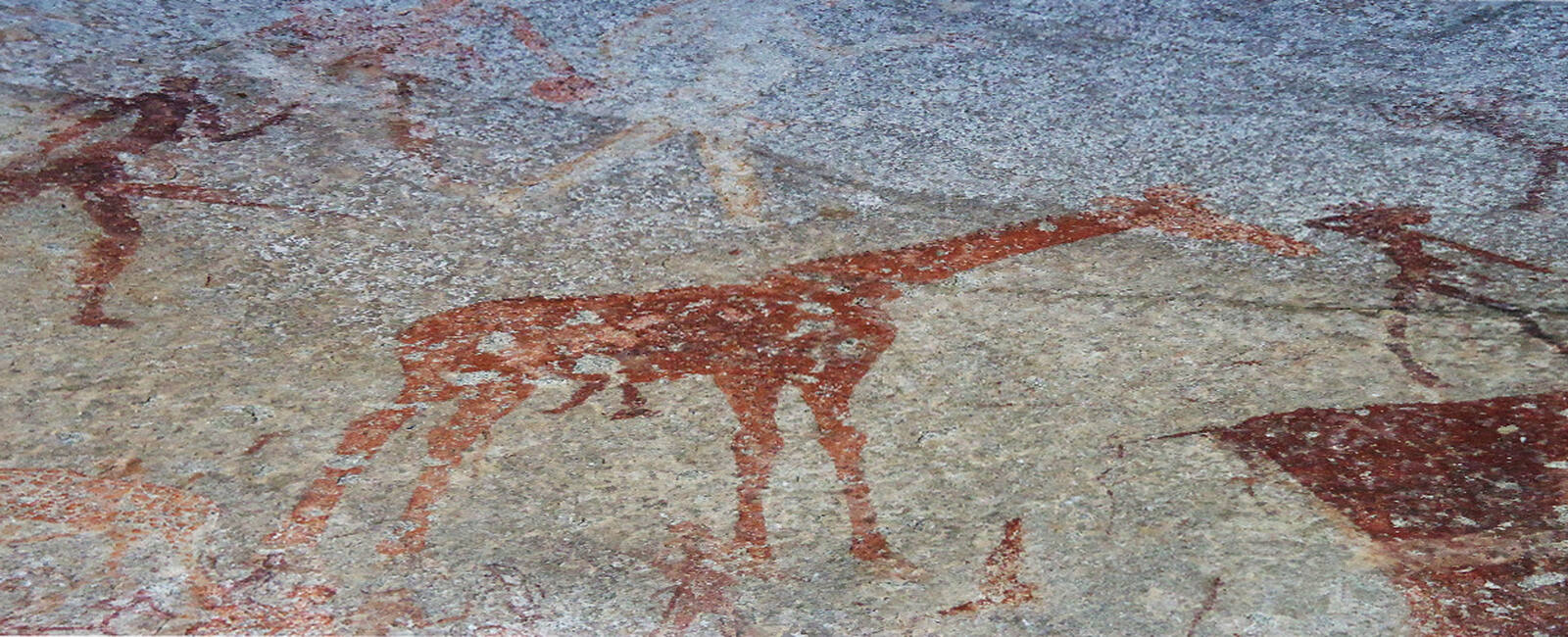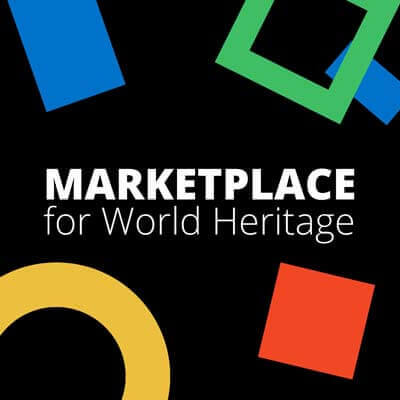Mitigating threats to Rock Art Heritage in Zimbabwe
Zimbabwe has benefited from several initiatives in the field of Rock Art conservation. These initiatives mainly consisted of participation in training programmes with sub-regional scope that took place about a decade ago.
The most recent one - if one put aside the small-scale training workshop organised in November 2016 by the University of Zimbabwe (UZ), with financial support of UNESCO and the French Cooperation - was the Africa 2009 Rock Art conservation technical course, held in 2006 in Namibia. The economic hardship that the country has been experiencing since 2008 has resulted in a massive brain drain among Rock Art experts and trained resource persons. This situation has drastically affected Zimbabwe’s capacities in the field of Rock Art research and conservation and is jeopardizing the safeguarding of the country’s Rock Art Heritage, including properties registered on the World Heritage List (e.g. Matobo Hills National Park) as well as on the State Party Tentative List (e.g. Ziwa National Monuments).
Fund this project
US$ 70,000
Duration
1.5 year
Beneficiary
Zimbabwe
Category
Conservation ● Capacity Building
Document
Download project description

Context
A recent survey carried out by National Museums and Monuments of Zimbabwe (NMMZ) and Rock Art researchers of the University of Zimbabwe (UZ), demonstrated that Rock Art sites in Zimbabwe are mainly affected or threatened by natural and human factors or pressures.
Human- induced damage is considered as being the most detrimental to these specific heritage sites. In Zimbabwe, the index of major threats comprises: Graffiti, mining activities, urban developments, modern uses of rock shelters, weathering, dust, salt encrustation, water wash, fading, insects and micro-plants.
Despite the existence of a national legislation on rock art sites protection (e.g. NMMZ Act, Chap 25/11), the lack of awareness of the provision of this legislation is identified as a major obstacle to its effective and efficient application. Besides, the limited knowledge of the law enforcement agencies, such as the Zimbabwe Republic Police (ZRP), on the dictates of the NMMZ Act makes it difficult to legally protect rock art heritage.

Objectives
- Mapping of major threats to Rock Art conservation in Zimbabwe. The main threats were identified and discussed during a sub-regional workshop on Rock Art, held in Harare (Zimbabwe), from November 7th to 13th, 2016. Participants agreed on the need for mapping and documenting major threats to Rock Art heritage;
- Building capacities in Rock Art conservation. By developing training modules tailored as to addressing the needs in the field of Rock Art conservation. The current lack of sufficient qualified expertise in Rock Art conservation is jeopardizing the maintenance of the Outstanding Universal Value (OUV) of World Heritage site(s) in Zimbabwe that bear Rock Art (e.g. Matobo Hills). The risk is considered even more important for a property, such as Ziwa National Monuments, registered on the Tentative List.

Outcomes
& Beneficiaries
Outcomes
- Gaps and needs in the field of Rock Art conservation identified and addressed
- Heritage managers equipped with skills to mitigate damages caused by the major threats identified
- National competencies in Rock Art conservation strengthen and improved
- Roster of resource persons trained in Rock Art conservation developed
Beneficiaries
- National Museums and Monuments of Zimbabwe (NMMZ) staff (e.g. managers of archaeological sites, etc.)
- Representatives of local universities involved in researches on rock art-related issues
- Staff from tertiary institutions

Timeline
- Month 1 to month 12: Data gathering, mapping exercise development of training modules
- Month 13 to month 15: training workshops
- Month 16 to month 18: publication of the handbook on Rock Art conservation methods and report

Relevance
In terms of available expertise on Rock Art conservation related issues, Zimbabwe has benefited from several initiatives.
These initiatives mainly consisted of participation in training programmes with sub-regional scope that took place about a decade ago. The most recent one being the Africa – 2009 Rock Art Conservation Technical Course, held in 2006, in Namibia. As noted above, the economic hardship the country is facing has resulted in a massive brain drain among rock art experts and trained resource persons. This has drastically affected Zimbabwe’s capacity in addressing Rock Art research and conservation issues.

Budget
An estimated overall extra-budgetary funding of US$ 70,000 is needed for the implementation of this activity.
These funds will cover consultants (international and sub-regional) fees, travel and accommodation expenses, equipment, communications, report production, as well as design and printing of a handbook on Rock Art conservation methods and other appropriate information material.

Visibility
A communication & visibility plan will be developed in consultation with the donor(s) and will include (but not limited to) the options below:
|
Visibility material |
Placement / Event |
Outreach |
Audience |
||
|
Article on websites Homepage |
Logo |
WHC website: whc.unesco.org Harare Regional Office for Southern Africa website: http://www.unesco.org/new/en/harare |
Public Statistics for 2016: 13,340,000 visits (WHC) |
9,735,000 41,650,000 page views (WHC) |
|
|
Presentation of the handbook at the 2018 Edition of the Association of Southern African Professional Archaeologists (ASAPA) Conferene |
Logo |
Info not yet available |
Southern Africa Archeologists
|
Info not yet available |
|

Contact
Damir Dijakovic
Chief
Culture Unit
UNESCO Regional Office
for Southern Africa
d.dijakovic@unesco.org
Programme Specialist
Culture Unit
UNESCO Regional Office for Southern Africa
y.kaboza@unesco.org

